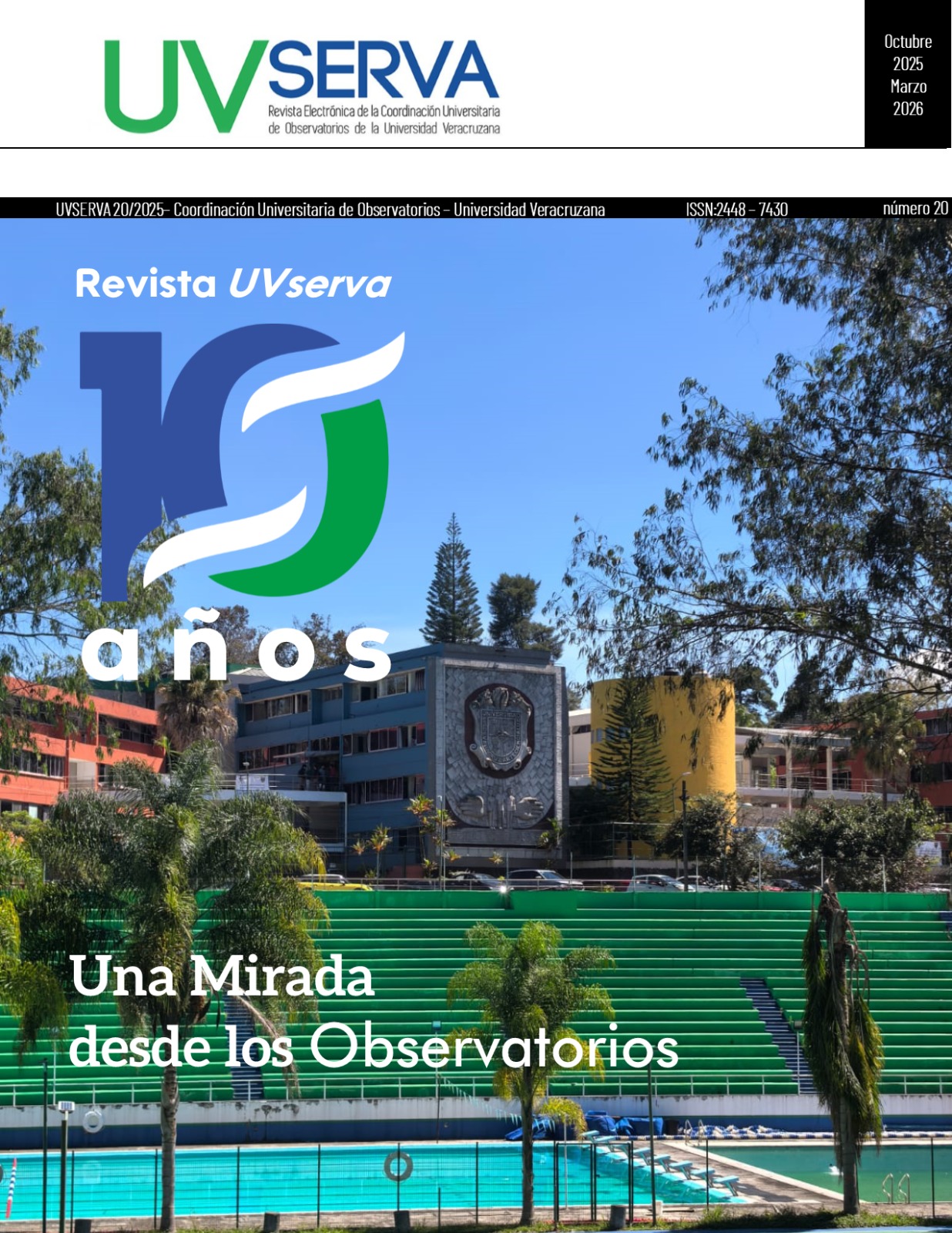Abstract
The diversity of chili peppers is part of the biocultural heritage of Indigenous and rural communities. They represent a body of knowledge and practices related to cultivation, management, commercialization, and culinary, medicinal, and cultural uses. The objective of this study was to identify the biocultural memory of university students regarding chili peppers. This qualitative research employed participatory methodologies to recover and exchange knowledge and practices. Group conversations were conducted with 60 students from the Intercultural Health and Intercultural Nursing undergraduate programs at the Intercultural University of the State of Tabasco. The group conversation strategy provided an opportunity for participants to share their knowledge and practices concerning wild chili peppers known in the Ch’ol Biocultural Region. The information collected identified eight types of chili peppers, named according to their characteristics. These chili peppers can be found in home gardens and milpas, either cultivated or growing wild, requiring minimal management practices. They are primarily cultivated for self-consumption, with a preference for amashito, habanero, and picopaloma varieties. Regarding beliefs, they reflect the duality of temperature and time and the energetic force expressed through a person's gaze. In addition to consumption, medicinal uses were reported for 13 ailments. In summary, the students possess knowledge and practices related to wild chili peppers, which are part of the biocultural memory of the region.
References
Aguilar-Meléndez, A., Vásquez-Dávila, M. A., Manzanero-Medina, G. I., & Katz, E. (2021). Chile (Capsicum spp.) as food-medicine continuum in multiethnic Mexico. Foods, 10(10), 2502. https://doi.org/10.3390/foods10102502.
Alejandro-García, S., Mendieta Ramírez, A., & Yaerim-Botello, F. (2022). Promover el patrimonio biocultural y conocimiento tradicional ancestral desde la dimensión educativa. Revista Habitus - Revista Do Instituto Goiano De Pré-História E Antropologia, 20(1), 105–118. https://doi.org/10.18224/hab.v20i1.12348.
Alejandro-García, S., & Mendieta-Ramírez, A. (2024). Territorio y memoria biocultural, referentes de la educación intercultural y la NEM. Cuadernos Fronterizos, 1(6), 54–58. https://doi.org/10.20983/cuadfront.2024.6de9.
Argueta, A. (2011). El diálogo de saberes, una utopía realista. En: Argueta, A., Corona, E. & Hersch, P. (ed.). Saberes colectivos y diálogo de saberes en México, (p. 574). México: UNAM/ CRIM/ Universidad Iberoamericana.
Baquero-Gómez, J. D. (2021). Memoria biocultural asociada a plantas de uso local en estudiantes de Puerto Nariño, Amazonas. Tecné, Episteme Y Didaxis: TED, (Número Extraordinario), 972–978. https://revistas.upn.edu.co/index.php/TED/article/view/15222.
Boege, E. (2008). El patrimonio biocultural de los pueblos indígenas de México. Hacia la conservación in situ de la biodiversidad y la agrodiversidad de los territorios indígenas. México: INAH, CONACULTA, CDI.
Castañón-Nájera, G, Latournerie-Moreno, L, Mendoza-Elos, M, Vargas-López, A, & Cárdenas-Morales, H. (2008). Colección y caracterización de Chile (Capsicum spp) en Tabasco, México. Phyton, 77, 189-202. https://www.scielo.org.ar/scielo.php?script=sci_arttext&pid=S1851-56572008000100016&lng=es&tlng=es.
César, G. Gordillo, P. A., y Milani, M. J. (2019). Conversatorios ciudadanos: “Los chicos toman la palabra”. Educación inicial y primaria. Espacios curriculares: Identidad y Convivencia/Ciudadanía y Participación. Ministerio de educación de Córdoba.
Manzanero-Medina, G. I., Manzanero-Medina, A., Manzanero-Medina, V., & Vásquez-Dávila, M. A. (2021). Chile de amor. In M. A. Vásquez Dávila, A. Aguilar Meléndez, E. Katz, & G. I. Manzanero Medina (eds.) (109-148), Chiles en México (1 ). IRD Éditions. https://doi.org/10.4000/books.irdeditions.45838.
Mendoza Ríos, A. y Posada Zapata, I. C. (2021). Conocimientos y prácticas de indígenas universitarios sobre plantas sagradas y sustancias psicoactivas. Medellín, Colombia. Revista de Salud Pública, 23(5), 1–6. https://doi.org/10.15446/rsap.v23n5.61196.
Morales-Valenzuela, G., & Carrillo-Contreras, J. (2020). Región biocul-tural ch’ol de Tacotalpa, Tabasco. En D. Luque-Agraz, C. Gay & B.Ortíz-Espejel (coords.). Complejos bioculturales de México: bienestar comunitario en escenario de cambio climático. (pp. 303-326), Benemérita Universidad Autónoma de Puebla, Red Temática sobre Patrimonio Biocultural de México. https://patrimoniobiocultural.com/archivos/publicaciones/libros/Complejos_bioculturales.pdf.
Morales-Valenzuela, G, Villegas-Ramírez, M. I., & García Hernández, J. J. (2023). Etnobotánica del chile amashito (Capsicum annum var. Glabriusculum) en el ejido Oxolotán, Tacotalpa, Tabasco. p. 103-110. En: Hernández-Hernández, C. & D. Sumano-López. Innovaciones científicas y tecnológicas para el desarrollo sostenible de la agricultura. INIFAP. Villahermosa, Tabasco.
Nazarea, V. D. (2006). Local knowledge and memory in biodiversity conservation. Annual Review of Anthropology, 35(1), 317-335. https://doi.org/10.1146/annurev.anthro.35.081705.123252.
Núñez-García, R. M, Fuente-Carrasco, M. E, & Venegas-Barrera, C. S. (2012). La avifauna en la memoria biocultural de la juventud indígena en la Sierra Juárez de Oaxaca, México. Universidad y ciencia, 28(3), 201-216. http://www.scielo.org.mx/scielo.php?script=sci_arttext&pid=S0186-29792012000300001&lng=es&tlng=es.
Toledo, V. M. & Barrera-Bassol, N. (2008). La memoria biocultural: la importancia ecológica de las sabidurías tradicionales. Icaria editorial.

This work is licensed under a Creative Commons Attribution-NonCommercial 4.0 International License.
Copyright (c) 2025 Guadalupe Morales, María Isabel Villegas Ramírez

